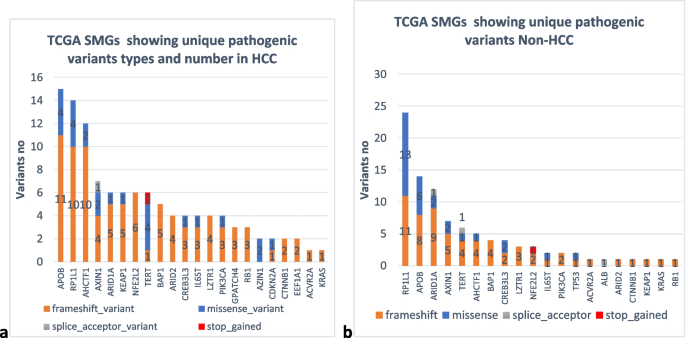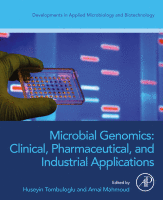
Evaluation of Different Sudan Dyes in Egyptian Food Samples Utilizing Liquid Chromatography/Tandem Mass Spectrometry
A sensitive and a precise method was developed for the quantification of different Sudan dyes in some Egyptian food samples. They were analyzed utilizing two-fragment ion transition under multiple reaction monitoring (MRM) mode. Separation was carried out on Kinetex 2.6u C18 100 A (75 mm × 4.6 mm) phenomenex using isocratic elution with 10:90% water and acetonitrile containing 2.0 mmol/L ammonium formate and 0.2% formic acid. The validation parameters were obtained and verified. The linearity was 0.2–10.0 ng/mL with r2 > 0.9975. LOD and LOQ were 0.06 and 0.19 ng/mL, respectively, for Sudan (I, II) whereas they were 0.07 and 0.23 ng/mL, respectively, for Sudan (III and IV), and Sudan orange G. Recoveries are ranged from 78.79 to 110.49%. The method has been successfully applied for the quantification of these dyes in 60 food samples such as spices, chili powder, turmeric, paprika, and curry. The results show that about 55% of the randomly selected food samples were adulterated with the banned dyes. © 2021, The Author(s), under exclusive licence to Springer Science+Business Media, LLC, part of Springer Nature.



